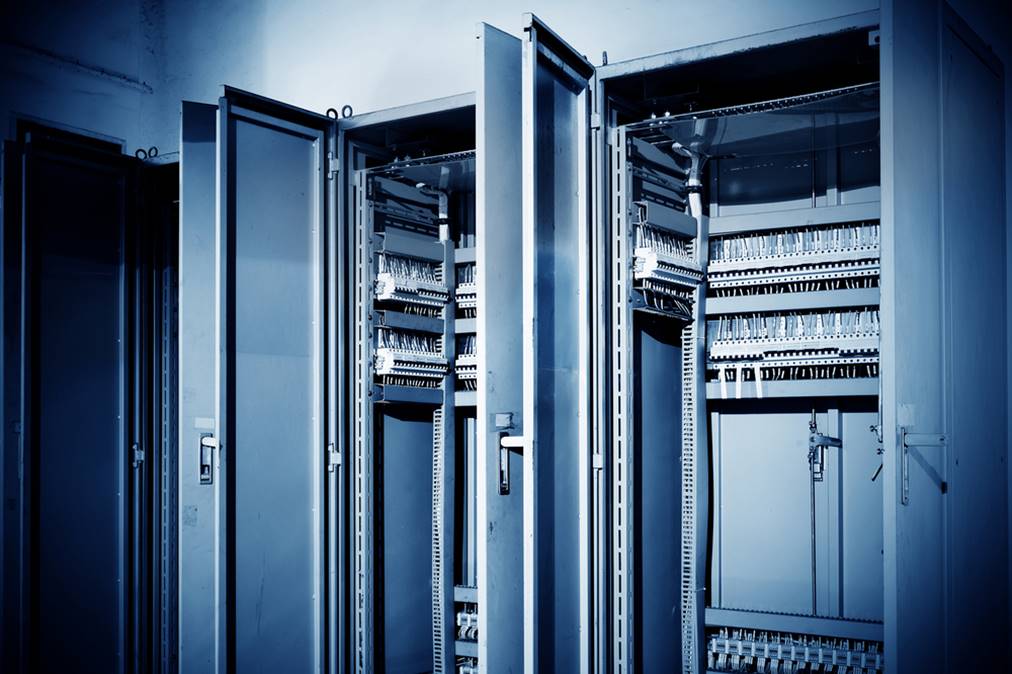How Static Switches Contribute To the Availability of Power
A UPS utilises the power coming from incoming mains during normal operating conditions. It conditions it to clear transients, brownouts or any other anomalies and then makes the filtered output available for its critical load. In case the mains fail, the UPS batteries take-charge of the load without any breaks until the power mains are fully restored, a backup generator is activated or until the load has had the necessary time to turn off.
The Importance of Static Switches
In cases of poorly-designed installations, the battery autonomy will just expire, which results in a system crash. Another worst-case scenario is if the UPS fails, or is exposed to a heavy load that is well beyond its capacity. This is why, practical UPS installations have built-in static switches, which can select between the output of the UPS inverter & raw mains bypass to feed this load. These switches have a very important role to play in settings with critical loads.
How the Switch Works
The switch remains “on UPS” in online UPS systems, unless a fault occurs, which then changes spontaneously & smoothly to the raw mains supply. This, however, puts the load in danger from the mains-borne power issues. However, this is definitely better than the load losing all its power without any warning. Besides, the UPS will activate an alarm when it’s on bypass, to draw attention to this risk.
However, in cases of offline UPS systems, the critical load is fed from the raw mains by the static switch under normal conditions, which only switches to the UPS if the mains fail. This greatly helps with the operational efficiency by eliminating all losses in the UPS’S rectifier or inverter stages. This way, the critical load is repeatedly exposed to incident mains power issues.
The UPS does provide a function for battery backup, but no protection for power. This is why most data centre operators opt for online systems. For them, protection for power is critical. An online UPS system becomes a more reliable source of power and helps ensure that their system doesn’t crash suddenly in case of any disruption in the power from the mains.
Static Switch Internal Design
The static switch is named such because semiconductors are utilised instead of electromechanical moving parts. Semiconductors provide faster break-free transfer, which is crucial for load protection. The choice to transfer is split between the switch’s internal logic & the control system of the UPS in an arrangement that is specific to its installation, which is based on constant monitoring of raw mains voltage & the inverter.
In addition, the inverter’s voltage phase & frequency is managed by the control logic to support the synchronisation between the mains bypass outputs & the inverter. This synchronicity is vital for bi-directional and break-free transfer between these two power sources.
Where Is A Static Switch Required?
The triggering is set-up to ensure that the bypass & inverter supplies are momentarily paralleled, which provides an entirely break-free transfer. This shows exactly why the synchronisation of the supplies is crucial. The load will suffer from a power disturbance without it.
Even though Australia’s mains supply frequency is entirely stable, it may not be the same for an onsite generator. Many critical load settings are located in remote locations, and these do not have the stable power supply that commercial or industrial setups in urban or suburban areas have.
If you want to know anything more about any of our products and services, don’t hesitate to contact us at KaRaTec Power Supply Pty. You can give us a call at 612 9808 1127. You can also fill in this contact us form and we will respond within the shortest possible time to help you with the guidance and information you need.
Thanks for reading,
Karatec Power Supply Pty
612 9808 1127







Sorry, the comment form is closed at this time.